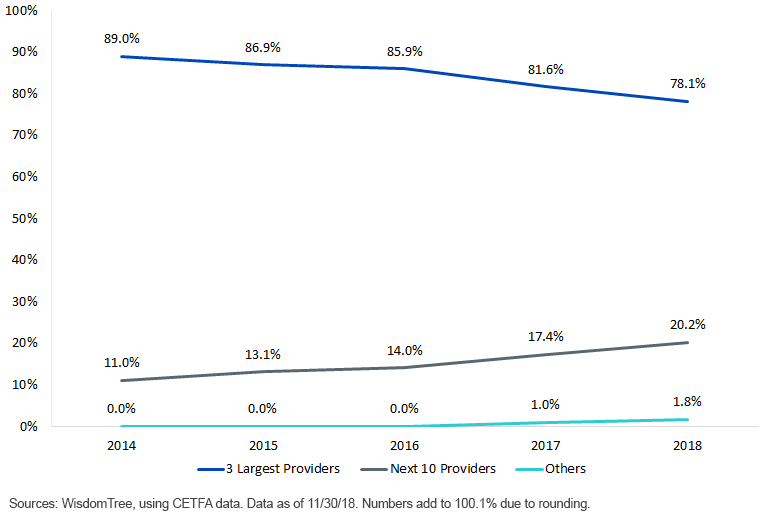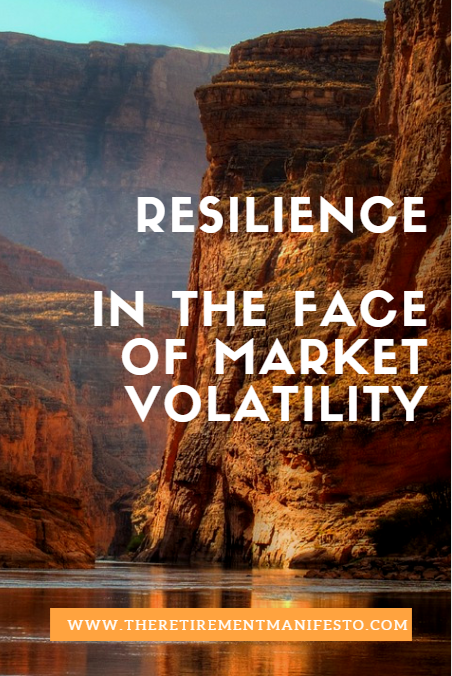
By Steve Lowrie, CFA
Special to the Financial Independence Hub
I must admit, the title of today’s post is a bit bogus. How so? Not to split hairs, but “volatility” is the variance above and below a long-term trend line. The thing is, nobody has ever asked me whether I can help them reduce their upside volatility. When equity markets are returning above-average returns, everyone’s happy.
So, I believe the actual question behind the question is how to reduce downside volatility. There are many kinds of investors, but I’ve never met anyone who enjoys seeing their investments go down, sometimes in a hurry.
From the behavioural side of things, it’s best to treat periods of downside volatility as bumps in the road, rather than turning them into permanent losses by bailing out when they occur. In that context, how do you best reduce investment volatility? There are at least two possibilities to explore.
1.) Reducing volatility through asset allocation
Understanding the role volatility plays in efficient markets circles us back to an investment strategy I’ve suggested all along: globally diversified asset allocation.
Instead of trying to manage volatility by trying to time markets or by selecting certain types of securities, I would suggest the better tool for the job – in fact the best one – is a healthy exposure to high-quality bonds. A bond allocation tempers your portfolio’s overall volatility. Once you have established that, you can then optimize your equity portfolio by tilting toward equity market factors with sources of higher expected returns (such as size, value and profitability).
2.) Reducing volatility by selecting low-volatility/low-beta stocks
Certainly, there are those who claim they can capture the returns of the broad equity markets while offering a smoother ride. The vast majority of these strategies fall into the categories of “low-volatility,” “equity minimum-risk” or “minimum variance.” They have been around for decades, and their popularity ebbs and flows with the market’s gyrations.
Gut feel would suggest that if you want to lower the volatility of your equities, it might make sense to focus on stocks that have exhibited lower volatility than the overall market (“low-beta stocks” in industry jargon). Perhaps yes, but the practical questions are whether these strategies (a) actually work, and (b) work better than asset allocation, as described above.
Before diving into the evidence, we’ve known for decades that market risks and expected rewards have been highly correlated around the world. In other words, lower risk/lower volatility stocks tend to be the same ones that deliver the lowest expected returns. So, just based on intuition, a “free lunch” of more market returns with less risk may not be so “free” or easy to obtain. It seems more likely lower volatility will simply lead to lower returns.
What the evidence tells us about low-volatility investing
Looking at an abundance of evidence, financial author Larry Swedroe has published several excellent, although highly technical articles about low-volatility/low-beta investing. In this one, he explains that researchers documented a “low-beta anomaly” decades ago. But he notes: Continue Reading…











